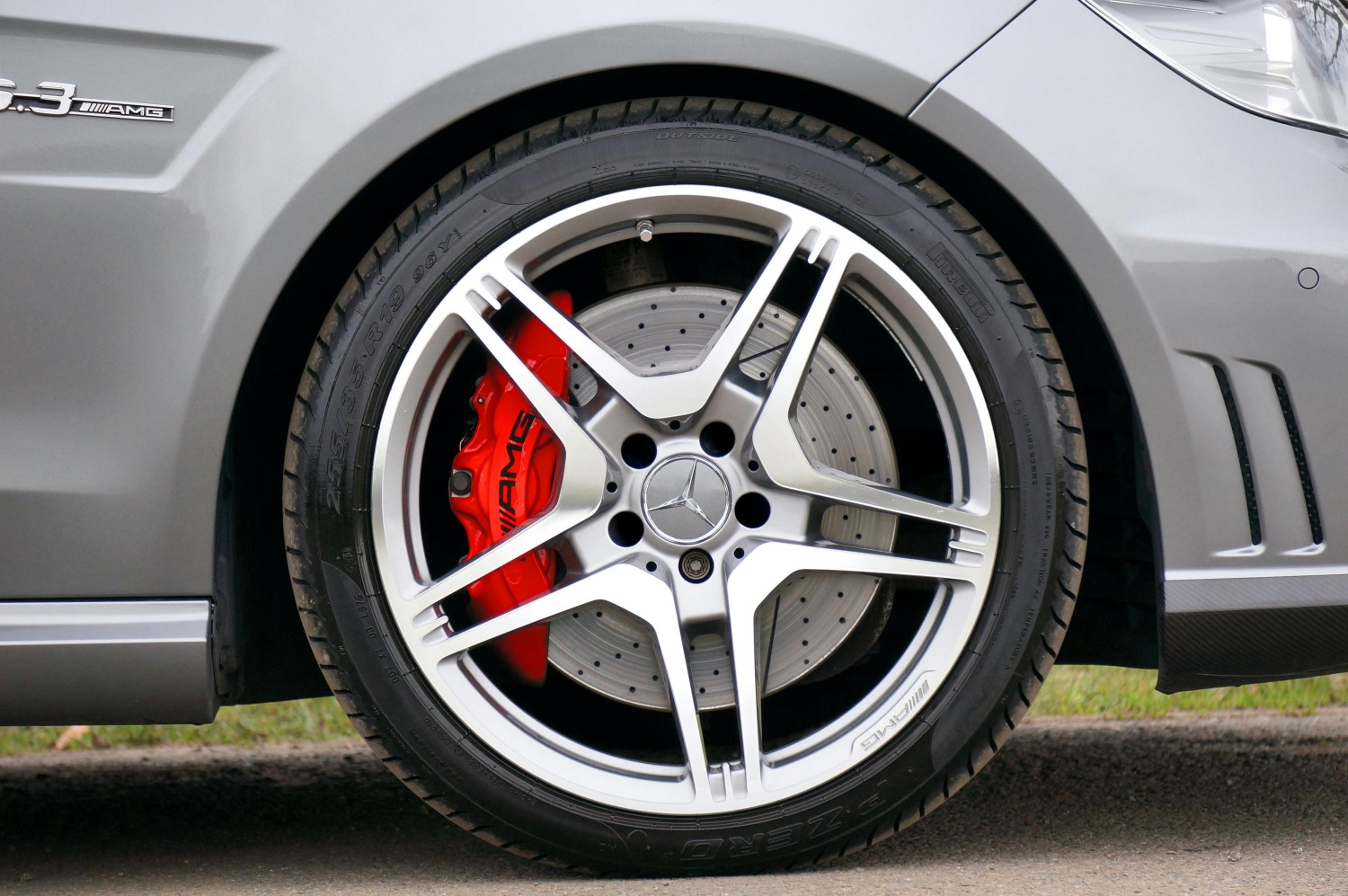Automotive News: Why German performance cars emit so much brake dust
German performance cars—like those from BMW, Mercedes-Benz, Porsche, Audi, and Volkswagen—tend to generate noticeably more brake dust than many non-performance or domestic vehicles due to design choices that prioritize aggressive braking performance over dust minimization.
–by Mark Cipolloni–
Brake dust is primarily the byproduct of friction between the brake pads and rotors, where pad material wears down during stopping. In these cars, the emphasis on quick, reliable stopping power (especially for high-speed scenarios like Germany’s unrestricted autobahns) leads to materials and setups that accelerate this wear.
Key Reasons
1. Softer, More Aggressive Brake Pad Compounds: These vehicles use extremely soft friction materials in their OEM brake pads to maximize grip and stopping power, even at high speeds or with cold rotors. This “soft” composition allows the pads to “grab” the rotors more effectively but wears down faster, producing finer and more abundant dust particles as a trade-off. Unlike many everyday cars that opt for quieter, low-dust organic or ceramic pads, German performance models favor semi-metallic compounds that are dustier but better suited for dynamic driving.
2. Performance-Oriented Engineering: The brake systems are engineered for superior cold-bite (initial stopping force without pre-heating) and sustained high-performance braking, which inherently generates more particulate matter. Front brakes, which handle about 70% of a vehicle’s stopping force, are particularly larger and more active, amplifying dust output on the front wheels. This contrasts with brands that balance for comfort and cleanliness over raw capability.
3. Driving Conditions and Habits: While not unique to German cars, their high-performance nature often encourages spirited driving, which increases braking frequency and intensity, leading to more dust accumulation. Factors like improper habits (e.g., resting a foot on the pedal, causing drag) can exacerbate wear, but the baseline setup is tuned for aggressive use.
Reducing Brake Dust
If the dust is a hassle (it often coats alloy wheels quickly), consider upgrading to aftermarket low-dust ceramic brake pads, which produce less residue while maintaining good performance—though they may cost more and slightly reduce initial bite. Regular cleaning with wheel-specific products and avoiding rotor turning (these cars’ rotors are often at minimum thickness) can also help manage buildup. Always stick to OEM-spec replacements to preserve safety.
